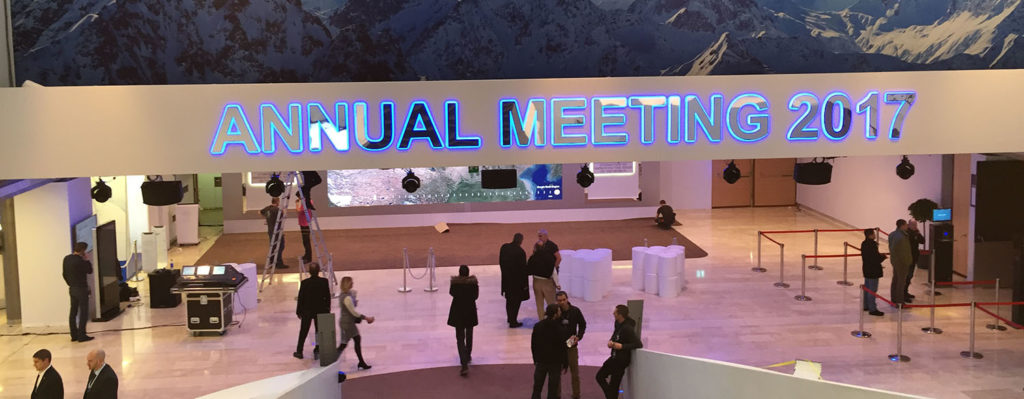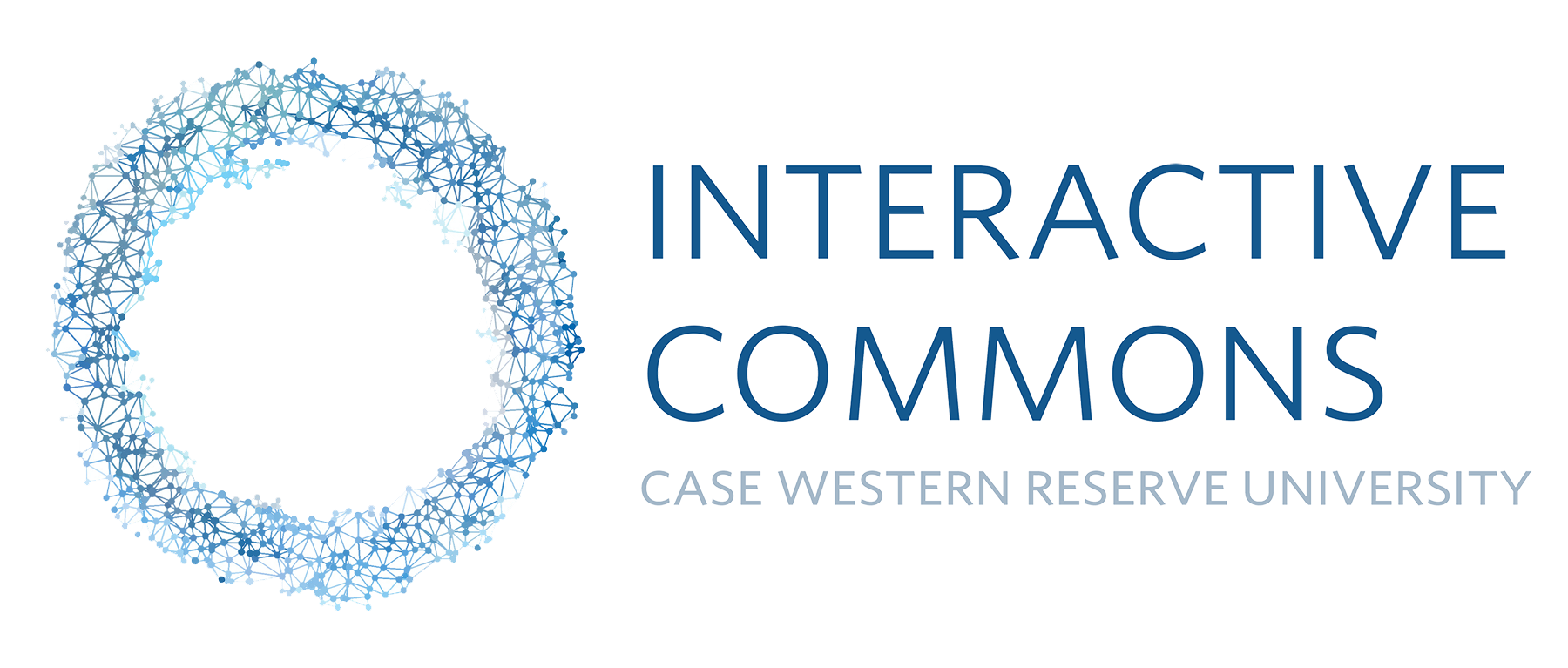New York Times columnist and non-fiction author, Thomas L. Friedman, writes in his new book –
“The three largest forces on the planet—technology, globalization, and climate change—are all accelerating at once. As a result, so many aspects of our societies, workplaces, and geopolitics are being reshaped and need to be reimagined.”
The main topic of the 2017 World Economic Forum focused on the technology segment: how do we keep up with the exponential growth of
technology. How does society, including but not limited to, regulations, consumers, way of life, and thought, adapt to society altering advancements that are happening faster than society has ever adapted. Friedman calls it exponential growth; the forum calls this new age of acceleration, the Fourth Industrial Revolution, and made it the theme of this years talks.
Thomas Friedman is one of my favorite contemporary authors, and so, I happened to be reading his topical book on the way to and throughout, the forum. On the third day of the conference Thomas Friedman happened to be sitting next to me on a bench at the conference. I only recognized him once he got up. I would have liked to say hi, to pick his mind, but it was not too much of a letdown. I have met him before, and I suspect he would have presented too busy to talk. I then got up, heading in the opposite direction.
And then I saw world-renowned economist and, Nobel Laureate, Dr. Joseph Stiglitz walking by, giving an interview.
—-
We were presenting the Microsoft HoloLens to the attendees of this forum. The attendees included Vice President of our United States, Joe Biden, our Secretary of State, John Kerry, President of China, Xi Jinping, incoming Secretary General of the United Nations, Antonio Guterres, and global pop sensation, Shakira. None of these attendees came to see the HoloLens, but it is somewhat exciting to be in the same building as them, to see the tops of their heads walking by as their entourage continually tries to move closer and closer. That is not to say that those that did come see the HoloLenses were not influential. Every attendee has or has had a global impact far beyond the norm, even if we did not, at first, recognize their name.
The day before the conference officially started the place was already a flutter. We spent the day perfecting the layout of our room and setting up our HoloLenses . The next day, at the start of the conference, we took our first group of six movers and shakers. And I saw economist Dr. Stiglitz walking by, giving an interview.
—-
The first day I tried to pay attention to as many people’s names as possible as they came to see the HoloLenses; it seems a rather exciting thing to be able to say you interacted with the possible next leader of South Africa, or the now Vice President of Azerbaijan. But after the first day or so, everyone seemed to blend together, and it felt like I had been explaining holographic headsets to economic leaders my entire life. Still, two people stood out to me.
The first person was because he looks like Einstein. Turns out, he essentially is. Duncan Haldane has your typical mad scientist white hair flowing, in un-neat loose curls, radially away from the bald spot centered on his head. Also like your typical mad scientist, he has a Nobel Prize in physics, and is now a professor at Princeton.
Dr. Haldane did not say a word the entire demo. But at the end, he would not take the HoloLens off. The last hologram set up of our demonstration is our solar system. He would stare intently at one planet for a while and then move to then next. He paid no heed to the seven other chatting people in the room with him, and asked no questions about the technology itself. Maybe he inherently understood it all, maybe he had already read about it, maybe he was content with captivation without understanding.
Finally, we politely reminded him that we needed to start the demo with the next group, and asked him to take it off. He obliged, still not saying a word. And then the modern day Einstein exited stage left.
As I watched him go, Joe Stiglitz walked by, giving an interview.
Dan Schulman is a tad reminiscent of Bruce Springsteen in his looks. Admittedly, I thought of that after I found out he was from New Jersey, but I think it still holds true. I remember him most for wearing cowboy boots and jeans in a setting where most were in a jacket if not a full suit. He is president and CEO of PayPal. Prior to his current position he did a lot of impressive work integral to anyone with Internet access being able to easily manage and move his or her money, and me never having to carry around cash in my daily life.
I also most remember Mr. Schulman for his jargon: he said, “what’s up” when I first introduced myself and “that was insanely cool,” at the end of the demo. In the midst of things he threw out a smattering of “awesome,” “nice,” and “totally cool.” I asked him some more questions about his experience with the Holograms at the end of the demo, but all I could gather was that he found it, uniquely, cool.
And then my good friend Joe walked by, giving an interview.
—-
I bring these two up because they were both clearly amazed, in their own way, by the technology we were showing.
Most people that first view VR or holograms in their world are immediately enchanted. But the immediate was not all the response we were looking for. We, as humans, become disenchanted with our world, and the things in it, quite quickly. How excited are you to see a moving picture on a screen these days? How amazed are you when your phone sends a text message, or connects you to bing.com? Enchanting people does not change the world. Enchanting people grabs their interest, for as long as a given person continues to be amazed. What keeps technology relevant is practical enhancement. I can send, receive, and retrieve information at any given moment in almost any given place, in a matter of seconds with my phone. That is practical enhancement. And that is life changing.
To return to the central question of the forum, how can society adapt to ever accelerating changes in technology? Our answer, for the education sector, is to show people the practical enhancement. To convince some of the most influential people in the world that HoloLens is life changing, for the better, in the small amount of time they have. Encourage the, “wow – this is cool” response, but press for the “wow this will be incredible useful.”
The most exciting people, to us, that saw our demo, and the reason we went to the conference, was for those that saw how incredibly useful this piece of technology would be, for how we were using it, or for an application we had not thought of. If people can see practical enhancements, they will change their way of doing, of shaping, of thinking, to fit the new, because it is practical, because it is life changing.
- Kerrin Sunshine

